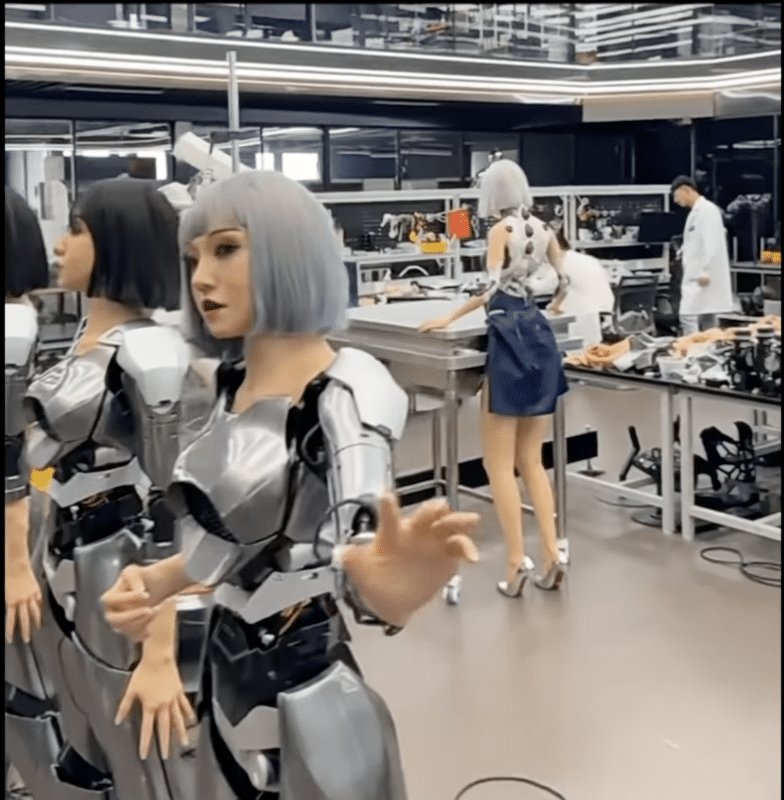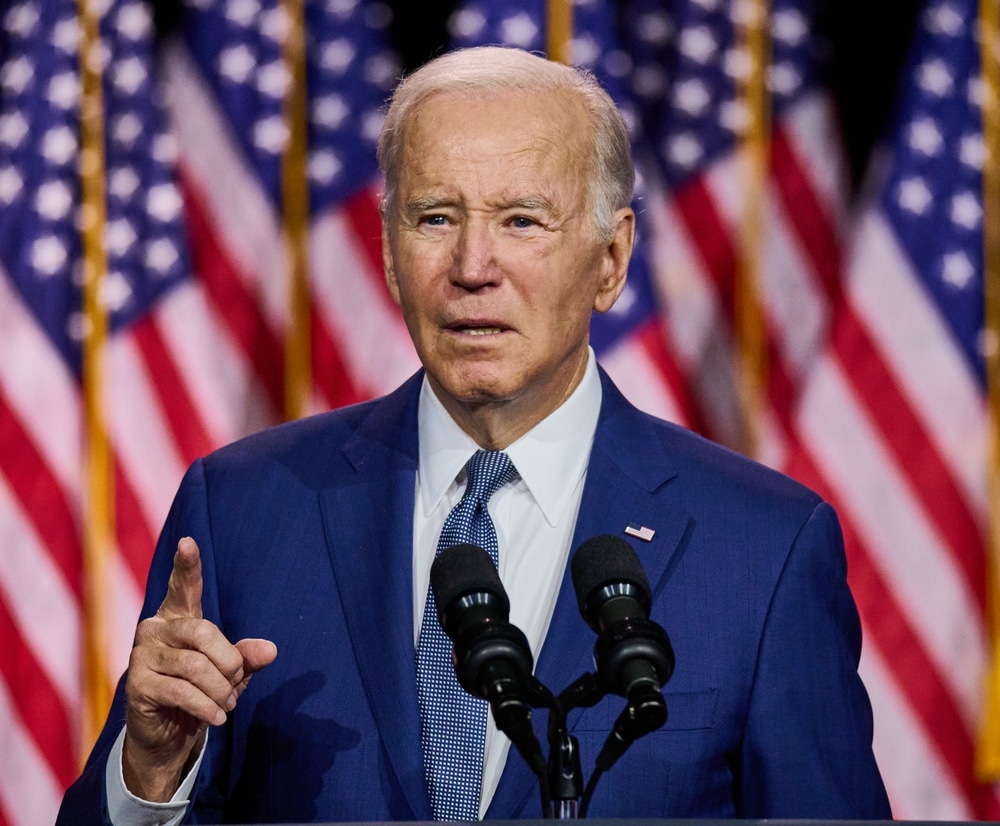Many truckers may soon be replaced by robots drivers according to a new report from Bloomberg, The robots will take the most tedious, most dangerous jobs first, in most things. Trucking is no exception.
Autonomous driving engineers are squarely focused on long-haul freight, the interstate runs with almost no complexity save for a slow curve or an E-ZPass lane. As such, those routes are some of the simpler challenges on the self-driving spectrum. The biggest hurdle may be infrastructure.
The short trip from a factory or distribution center to an interstate is usually far more complicated than the next several hundred miles. The same is true once the machine exits the interstate. One solution is for trucking companies to set up transfer stations at either end,
where human drivers handle the tricky first leg of the trip and then hitch their cargo up to robot rigs for the tiresome middle portion. Another station at the exit would flip the freight back to an analog truck for delivery.
Such a system, according to a new study out of the University of Michigan, could replace about 90% of human driving in U.S. long-haul trucking, the equivalent of roughly 500,000 jobs.
“When we talked to truck drivers, literally everyone said, ‘Yeah, this part of the job can be automated,’” explained Aniruddh Mohan, a PhD candidate in engineering and public policy at Carnegie Mellon University and a co-author of the study. “We thought they would be a bit more dubious.”
There are, however, a handful of big ifs. For one, the autonomous systems would have to figure out how to navigate in crummy weather far better than they can now. Second, regulators in many states still haven’t cleared the way for robot rigs. Finally, there’s the infrastructure to consider — all the transfer stations where the cargo would pass from the caffeine-fueled analog to the algorithms.
















